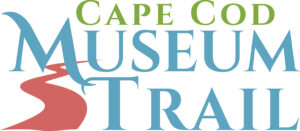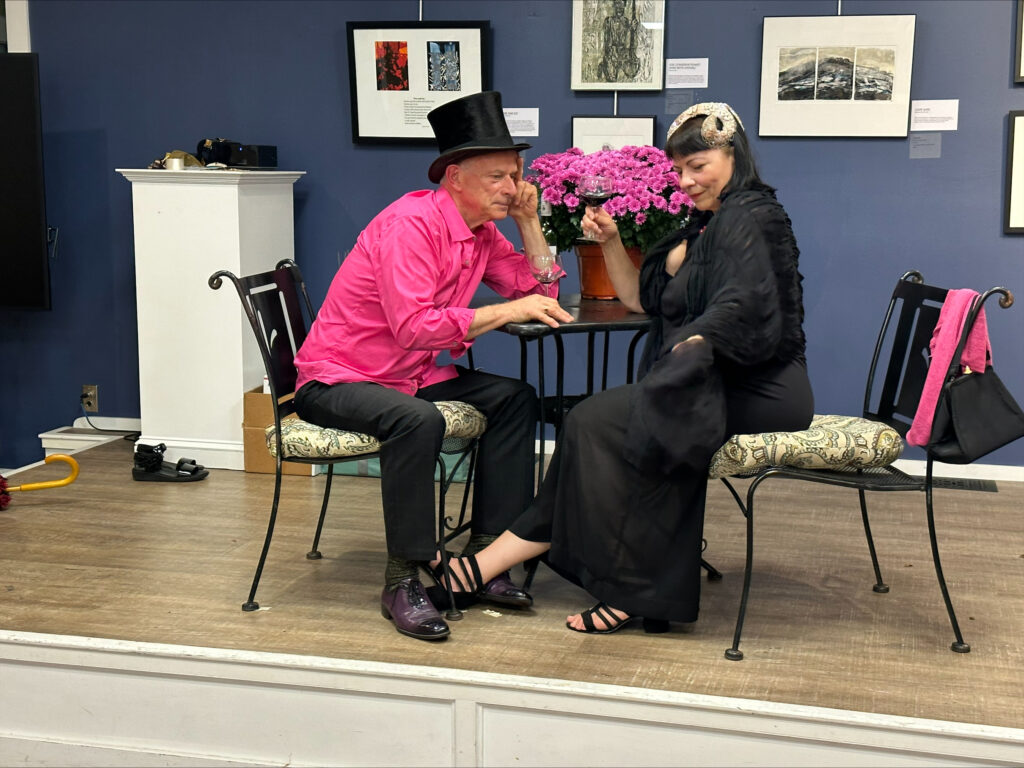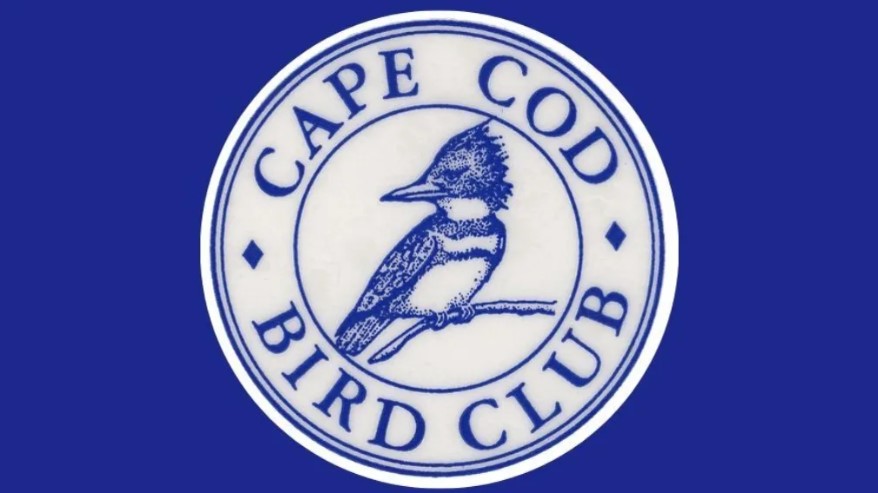
- This event has passed.
From Civil Rights to Hunger Strikes 1966-1981
October 9, 2019 @ 6:00 pm - 7:00 pm
Dates: Four Wednesdays, beginning October 9 from 6-7pm
Admission: $70.00 Member/ $75.00 Non-Member
With the partition of Ireland and the setting up of the Parliament of Northern Ireland the Ulster Unionist party and the Loyalist Order built a the new state designed to ensure ongoing control by Unionists. They marginalized the nationalist community, the progressive labor movement and those unionists not committed to the realization of a sectarian state.
The new devolved administration and the main Unionist party, the UUP, ensured their control through gerrymandering of constituencies; the use of Special Powers and the formation of a sectarian police force; the use of social and economic policies designed in the interest of the majority protestant population; voting rights that gave some people (mostly non Catholic} up to six votes and gave adults who did not own or rent property no vote (mostly non Catholic); exclusion of the minority population from public service positions; and many other forms of discrimination particularly in the areas of housing, education and employment.
Reforms after World War 2 in education and in the provision of welfare benefits played a part in radicalizing the generations in the 1950’s and 1960’s who sought to change the reality for their communities. The Civil Right Movement was a non-sectarian, peaceful movement and sought to reform the Unionist state. Their efforts to bring about change was met with violent resistance and a refusal to consider any meaningful changes on the basis that such changes would undermine the nature of the Unionist state. Reform was not an option.
The Civil Rights campaign and the support it received from active nationalist communities was criminalized and attacked to the point that nationalist areas had to rely on self defense against drive-by shootings, bombings and pogroms by loyalists, police raids, and after 1969 from British army activity.
By the late 1960’s the IRA had been weakened – as had happened in 1935 – to the point that it had little capability to effectively defend nationalist areas. As in 1935 Nationalists realized that they had to rely solely on themselves; the British army and the Northern police force were not going to help and there was not going to be any help from the government in the new Republic of Ireland. One of the main supports for the nationalist community and activists came from the examples set by the Civil Rights Movement in the USA, the anti-Apartheid movement, the Palestinian Liberation Movement, and the anti-Vietnam War Movement.
The efforts by the Unionist state and the British government and army to put down the resistance in nationalist areas and the refusal to make any meaningful reforms was the reason why yet another devastating war had to be fought against a centuries old imposition on the people of Ireland by a foreign government.
This class meets in the Photography & Digital Arts Studio on the lower level of the Education Wing.
MATERIALS
No materials required other than a notebook and pen.



